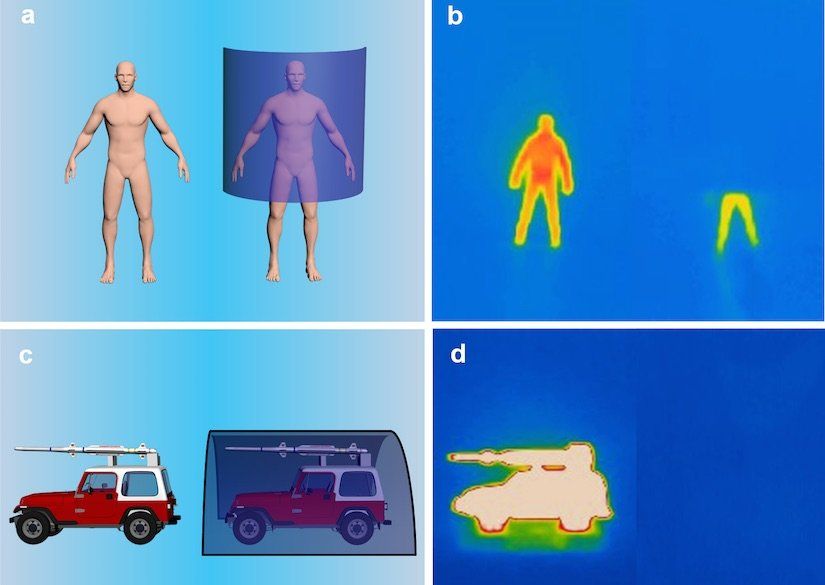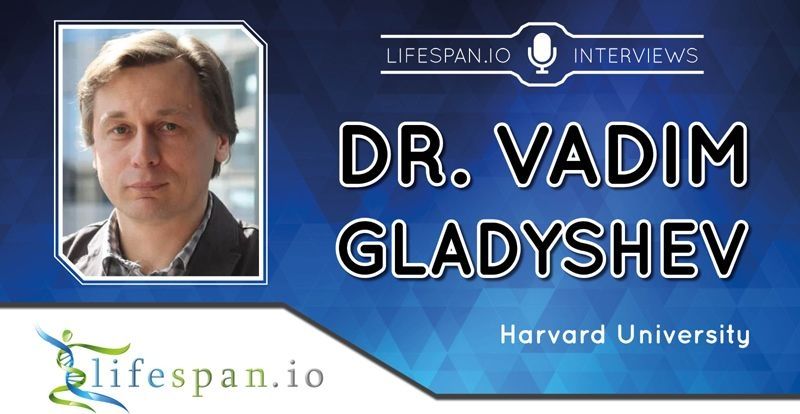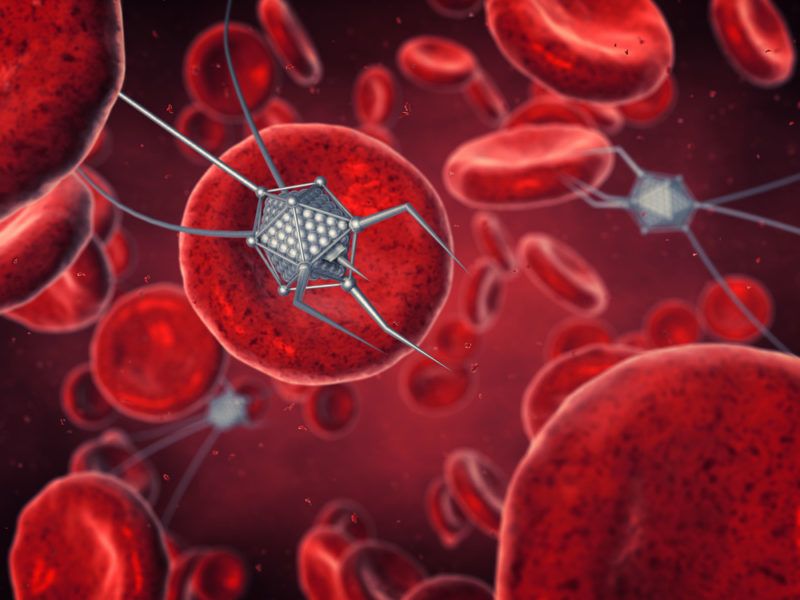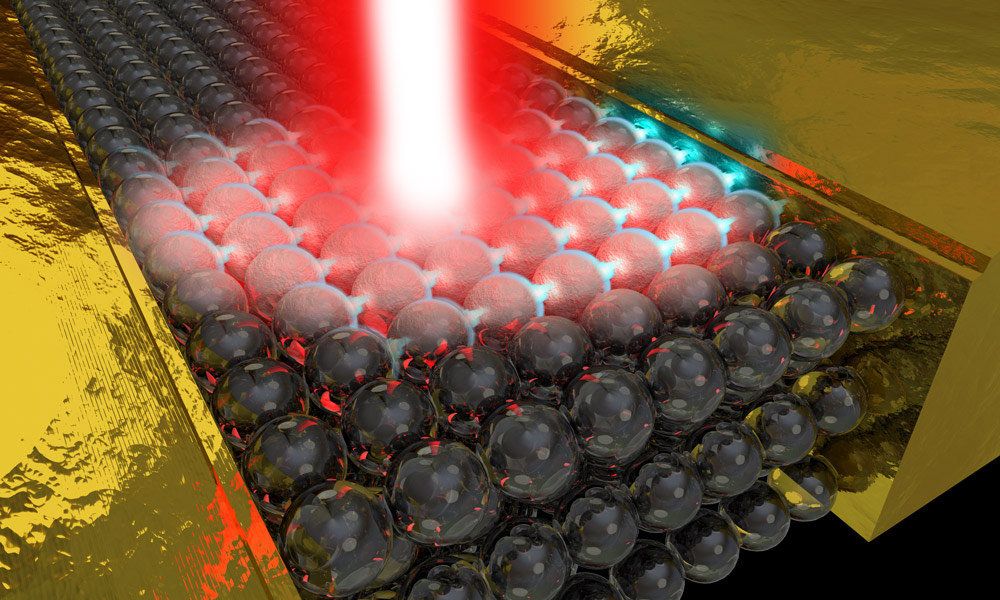Jun 21, 2018
Scientists Detect Possible Missing ‘Piece’ Of Universe Created By The Big Bang
Posted by Genevieve Klien in categories: cosmology, materials
Aside from dark matter and the dark energy that comprised the universe, there remained to be 5 percent of what was called the “ordinary matter.” About two-thirds of this ordinary matter was left unaccounted for until now. ( Harvard-Smithsonian Center for Astrophysics )
After a 20-year-long experiment, a team of international scientists detects the last of the missing intergalactic material predicted to be created by the Big Bang.
Specifically, the team was finally able to detect the missing parts of the “ordinary matter” that makes up everything in the universe, from the stars to the cores of black holes. This ordinary matter is different from the “dark matter” that comprised the bulk of the universe’s mass. The dark matter remained to be undetected until now.
Continue reading “Scientists Detect Possible Missing ‘Piece’ Of Universe Created By The Big Bang” »
















